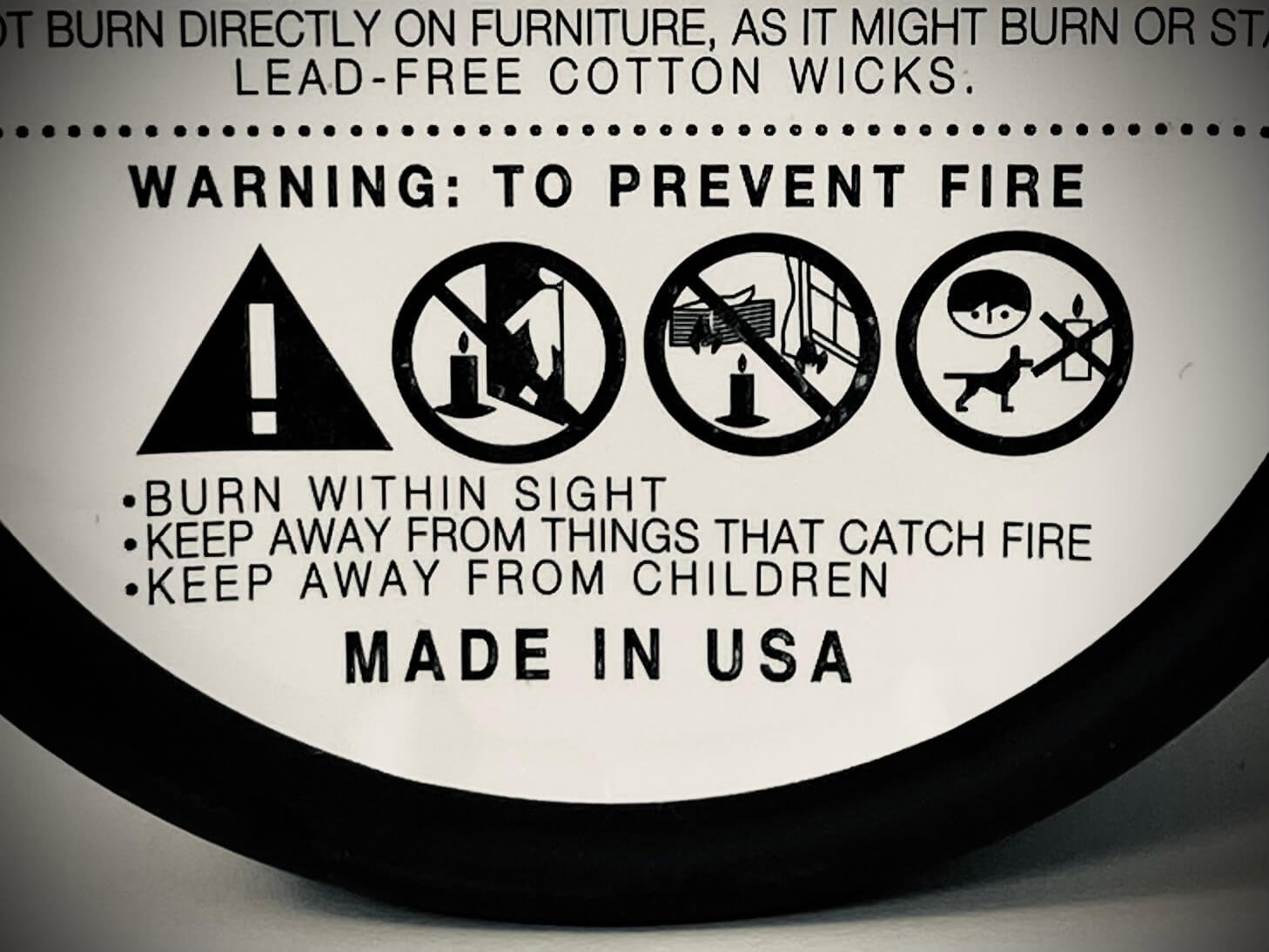O Customer Loyalty, Where Art Thou...?
In any conversation these days, I'm invariably asked whether customer loyalty is still a thing.
There's certainly been a lot of pointers to its death. Byron Sharp has famously argued that brand loyalty as an emotional commitment doesn't exist, and that marketers should shift their resources to reach new or occasional buyers. Traditional consumer brands have been losing market share in nearly every category. And studies have shown that while consumers are signed up on average to 29 loyalty programs, they're only active in 12.
Yet examples of loyalty also abound. Brand Keys have repeatedly demonstrated that loyalty + emotional engagement are leading indicators of consumer behavior towards a brand. A recent Facebook report found that loyalty is alive and well even among Millennials. And several brands have credited much of their growth over the last few years to the success of their loyalty programs.
Confused? There are a number of realities I learnt about customer loyalty from my experience with Tesco, Clubcard, and Dunnhumby which help make sense of this:
Loyalty is driven through customer experience, not through advertising.
Much of the argument for the demise of loyalty treats the brand as something completely separate from the product or the experience, as an image created through marketing. But working in retail, I quickly learnt that the shopping experience defined the brand, not the advertising. And if a positive experience was repeatedly delivered over time, then customers developed an attachment.
In today's connected world, this is the reality for every brand. The traditional consumer brands built through mass advertising are not losing share to the next mass brand, but to a plethora of niche brands that have much more clearly defined experiences.
Both functional loyalty and emotional loyalty exist.
This was very clear among loyal Tesco shoppers: one group found the brand useful, regularly shopped there, but felt no emotional attachment, while a second group also found it useful, but in addition felt an attachment to the brand. The Facebook report reveals something similar, with people who regularly purchase a brand split fairly evenly between "Brand Loyalists" who feel an emotional connection to the brand and “Repeat Purchasers” who don't.
"Repeat Purchasers" are much more likely to switch if a better offer comes along. When a competitor store opened nearby, Tesco would lose some customers because the competitor was now a more convenient choice. But emotionally loyal customers generally stayed.
Today, with so many more choices in virtually every category, the amount of brand switching by functionally loyal customers is inevitably on the rise. But as Brand Keys show, loyalty + emotional engagement are still leading indicators of behavior towards a brand.
Loyal customers stay longer and spend more over time.
This has been challenged, but Clubcard certainly demonstrated that loyal customers stayed longer and spent more with Tesco over time. Perhaps the most dramatic example was the successful launch of Tesco Financial Services, where nearly all the initial customers turned out to be loyal Tesco customers.
However, brands can't just depend on this for growth. There is always some leakage of loyal customers every year, whether due to changing life circumstances or new competitive choices. They need to be continually reaching out to find and inspire new loyal customers. But crucially, brands should do this while also looking after the existing ones. It really isn't an either/or.
Loyalty programs can change behavior.
Byron argued that loyalty programs had practically no effect on growth. Yet Starbucks has credited much of their growth over the last few years to the success of their loyalty program, and Dominos and Panera have recently reported similar effects.
All these brands demonstrate what Tesco and Dunnhumby originally learnt. Loyalty programs become effective when they are part of wider program to make the customer experience better or easier, rather than simply deployed as a marketing mechanic. Tesco used the data from Clubcard both to personalize coupons and communication for each customer, and to improve the overall shopping experience. While Starbucks Rewards is tightly integrated with mobile payment and ordering.
Loyalty is certainly still a thing. But there's an fundamental reality underlying all this. In an age of unlimited choice and almost effortless sharing of experiences, customer loyalty is not something that can just be captured and put in a trophy cabinet. Rather, it has to be earned, each and every day...









